If you’re looking to harness the power of the sun and save on your energy bills, installing a solar panel system is a smart choice. And when it comes to ensuring a sturdy and secure installation, the PandaSolar Anodized Aluminum Solar Rail Roof Mounting Racking Structure is an excellent option for both residential and commercial rooftops. In this step-by-step guide, we’ll walk you through the process of installing this reliable and durable mounting bracket.
Step 1: Gather the Necessary Tools and Equipment
Before you begin the installation process, make sure you have all the required tools and equipment. You will need:
Drill
Screwdriver
Measuring tape
Level
Roof anchor set or roof flashing
Stainless steel screws
L-foot bracket
Solar panel clamps
End clamps
Mid clamps
Rail connector
Anodized aluminum solar rail
Step 2: Assess Your Roof’s Structure
Before installing the mounting bracket, it’s essential to evaluate your roof’s structure. Ensure that the surface is free from any damage and can support the weight of the solar panel system. If you have any concerns about your roof’s integrity, it’s recommended to consult a professional before proceeding.
Step 3: Determine the Optimal Panel Layout
Now, it’s time to plan where you want to position the solar panels. Consider factors such as sun exposure, potential obstructions (like nearby trees or buildings), and applicable local regulations. This step will help you determine the number of mounting brackets and rails you’ll need for your installation.
Step 4: Install the Roof Anchors or Roof Flashing
To securely fasten the mounting bracket to your roof, you’ll need to install roof anchors or roof flashing. Follow the manufacturer’s instructions and use appropriate sealants to prevent any leaks and ensure a watertight seal.
Step 5: Attach the L-Foot Bracket
Place the L-foot bracket on top of the roof anchor or roof flashing and align it with the correct position for your solar panels. Use stainless steel screws to secure it into place. Make sure the bracket is level and tightly attached to the roof.
Step 6: Install the Solar Rails
Connect the solar rails using rail connectors to create a continuous rail system. Attach the rails to the L-foot brackets using screws, ensuring they are parallel and properly aligned. Use a level to ensure the rails are perfectly horizontal.
Step 7: Attach the Solar Panel Clamps
Now it’s time to attach the solar panels. Position the panels on the rails, sliding them into place. Secure the panels using solar panel clamps. Make sure the clamps are evenly spaced and properly tightened to prevent any movement.
Step 8: Install the End and Mid Clamps
Attach end clamps and mid clamps to the solar panels, securing them to the rails. Ensure the panels fit securely in place and are aligned properly.
Step 9: Perform a Thorough Inspection
Once the installation is complete, perform a thorough inspection to ensure everything is properly installed and secure. Check all connections, clamps, and fasteners to confirm they are tightened correctly.
Congratulations! You have successfully installed the PandaSolar Anodized Aluminum Solar Rail Roof Mounting Racking Structure. Enjoy the benefits of harnessing solar power and reducing your carbon footprint.
Remember, if you’re unsure about any step or lack the necessary expertise, it’s always a good idea to consult a professional solar panel installer to ensure a safe and efficient installation.
...
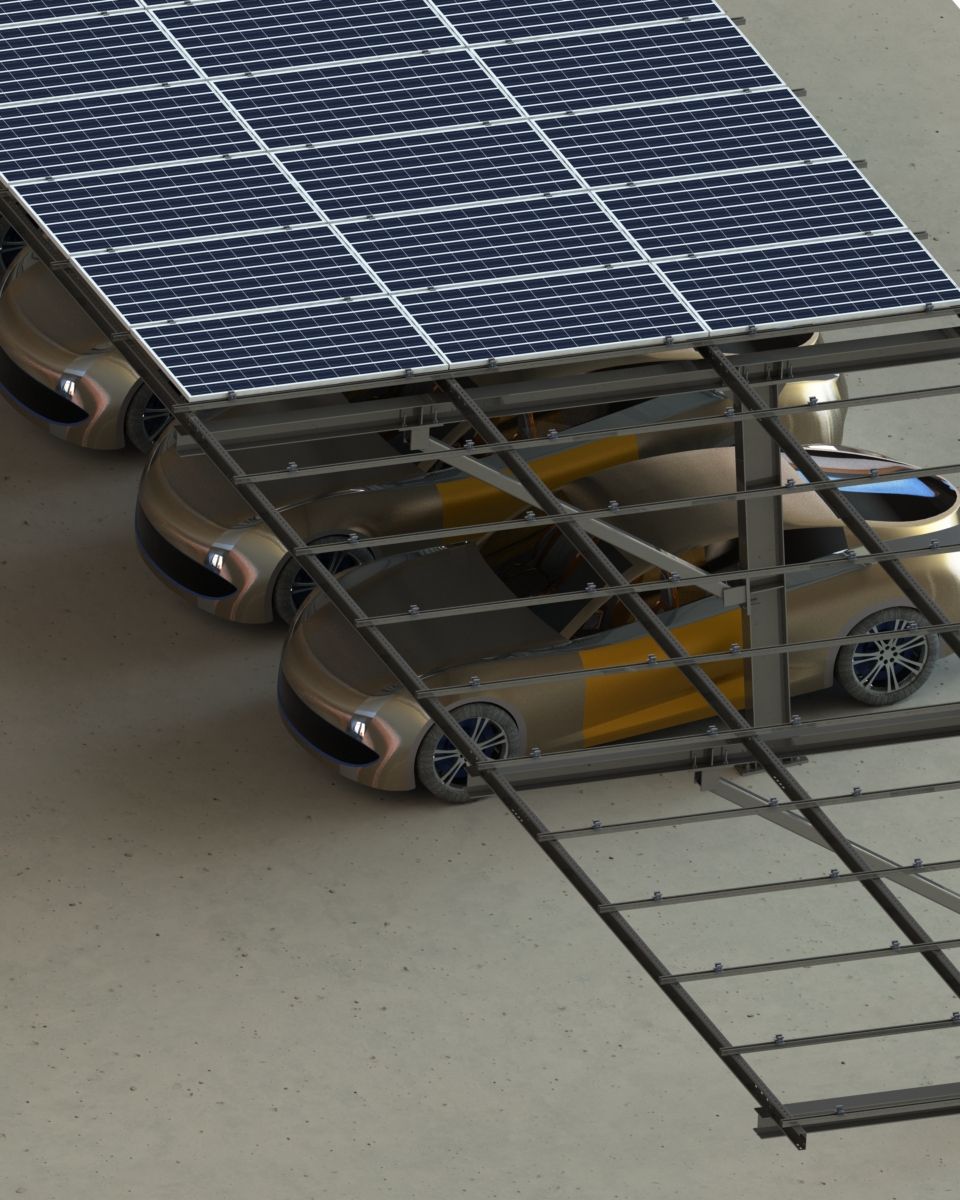
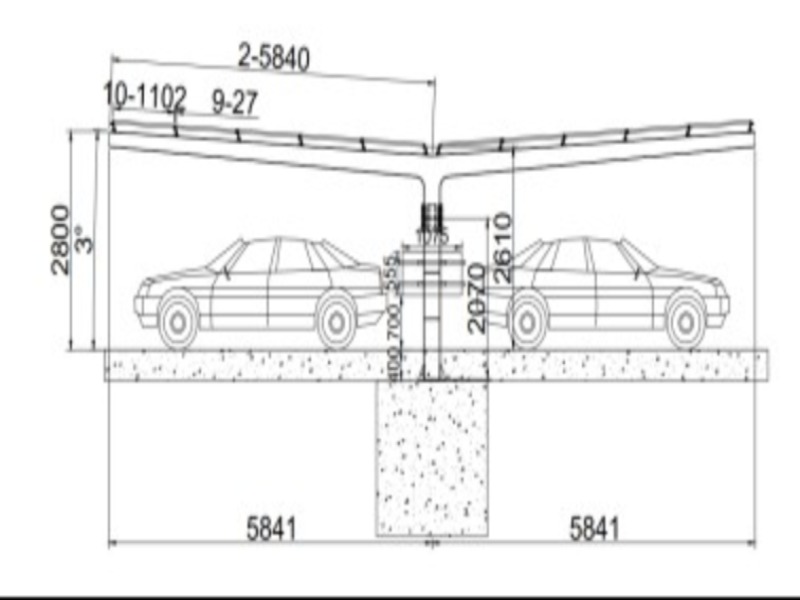
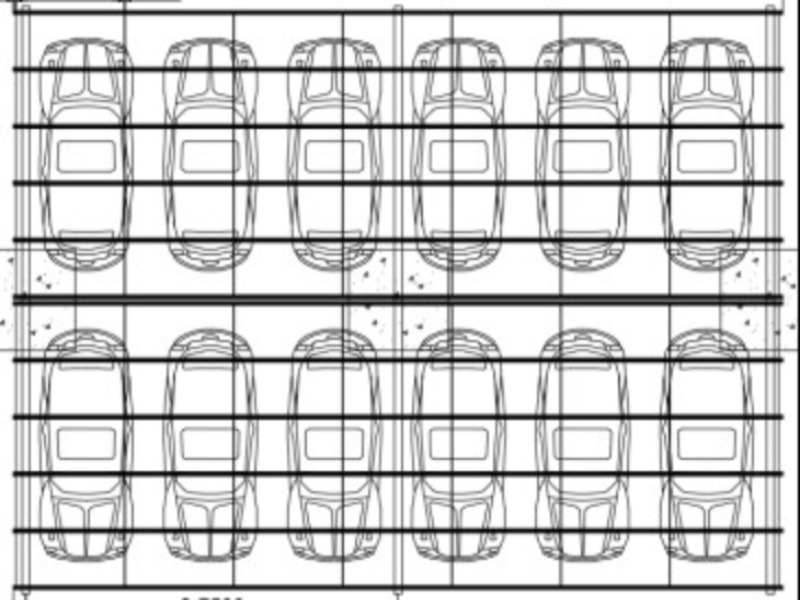




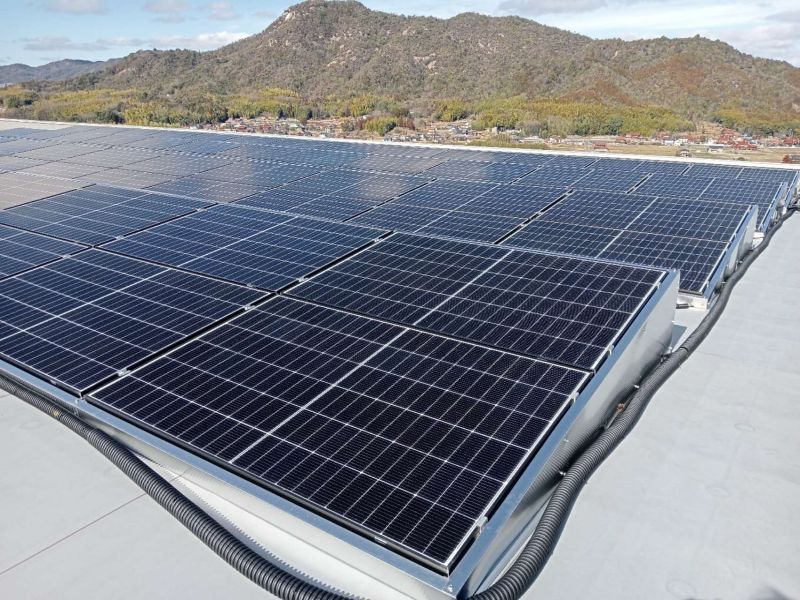
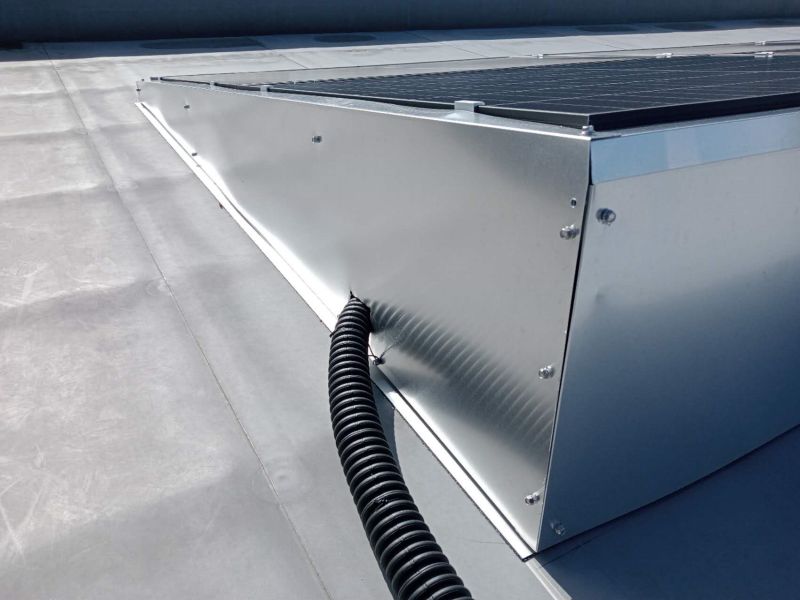




 Battery Compatibility: Meeting the Electrical Needs of Smart Toilets
Battery Compatibility: Meeting the Electrical Needs of Smart Toilets Installation and Maintenance: Ensuring Stable Battery Operation
Installation and Maintenance: Ensuring Stable Battery Operation Safety and Charging: Protecting the Battery and Users
Safety and Charging: Protecting the Battery and Users Fault Detection and Warranty: Extending Battery Life
Fault Detection and Warranty: Extending Battery Life Environmental Disposal: Responsible Battery Recycling
Environmental Disposal: Responsible Battery Recycling

